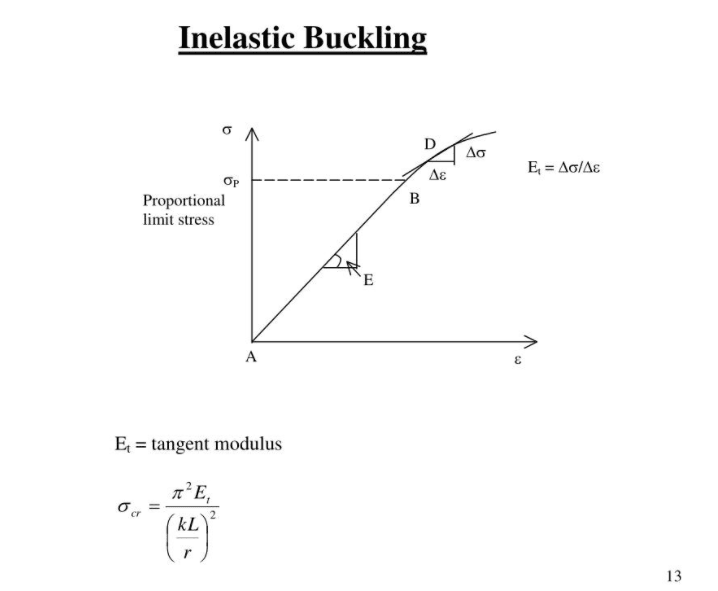MegaStructures
Structural
- Sep 26, 2019
- 376
If inelastic buckling is defined as buckling of a section after parts of the section have yielded, how does inelastic buckling occur at a load lower than the compressive "crushing" strength of the column? The only way I can think that this is possible is that residual stresses from welds/fabrication procedures "pre-yield" the section and then a compressive load placed in the field can cause buckling of this yielded section. If this is the case how do these yielded portions of the column cross section reduce the buckling capacity of the member?
“Any idiot can build a bridge that stands, but it takes an engineer to build a bridge that barely stands.”
“Any idiot can build a bridge that stands, but it takes an engineer to build a bridge that barely stands.”

